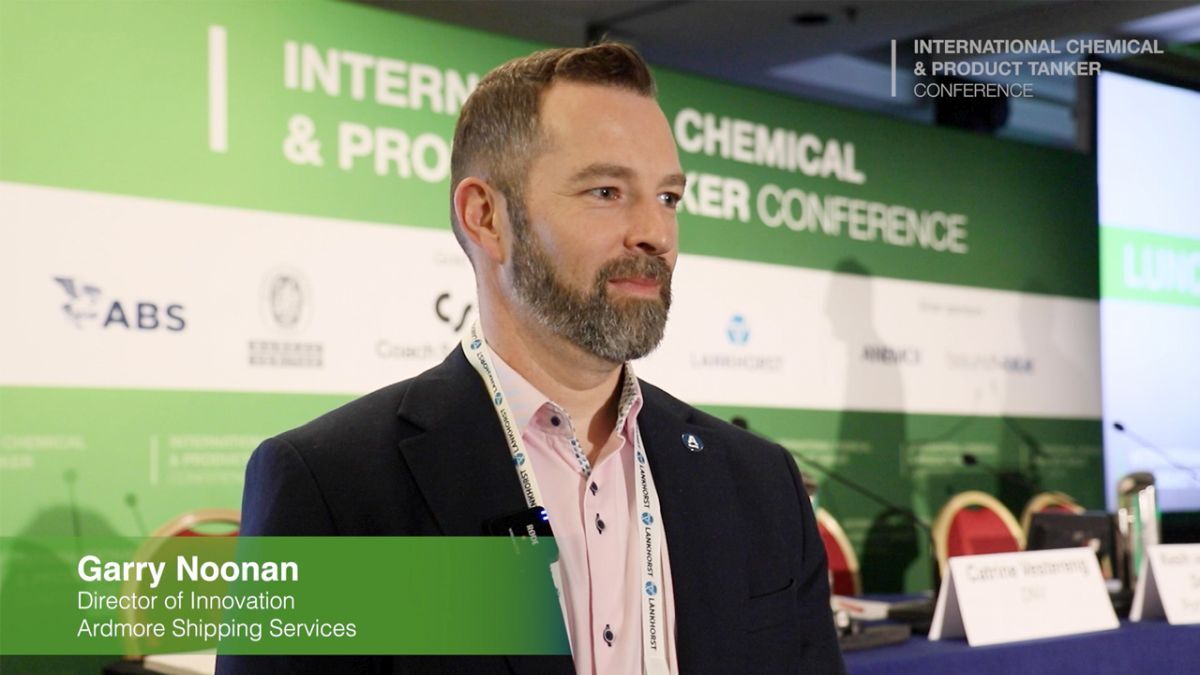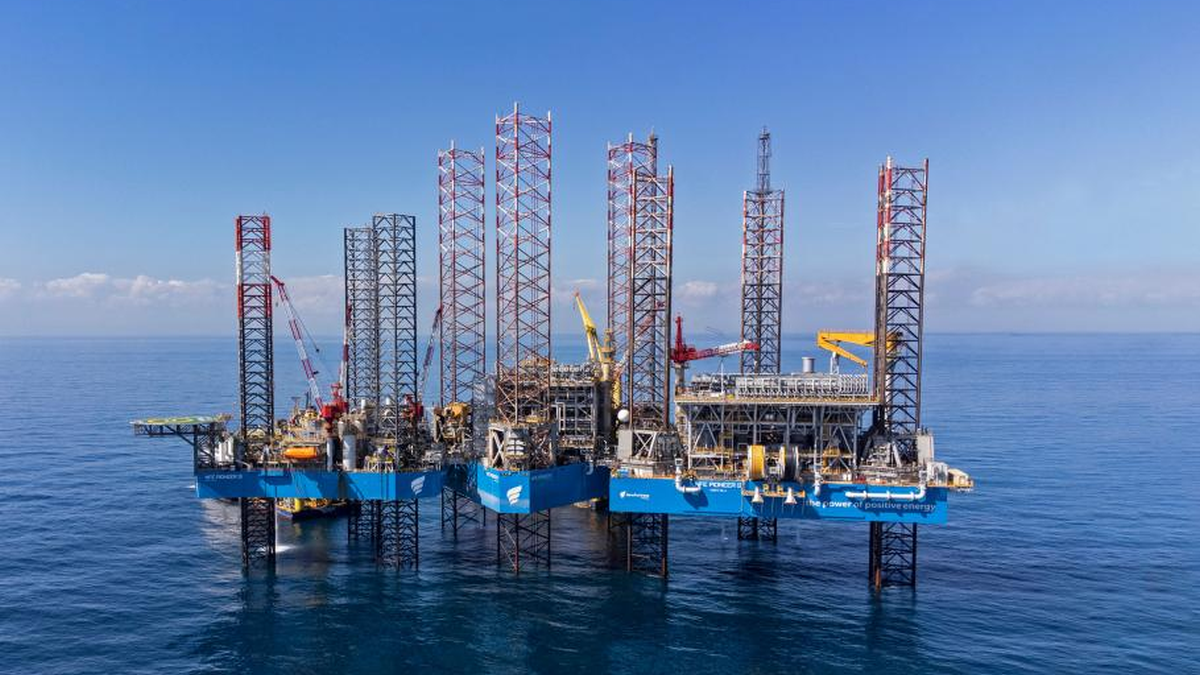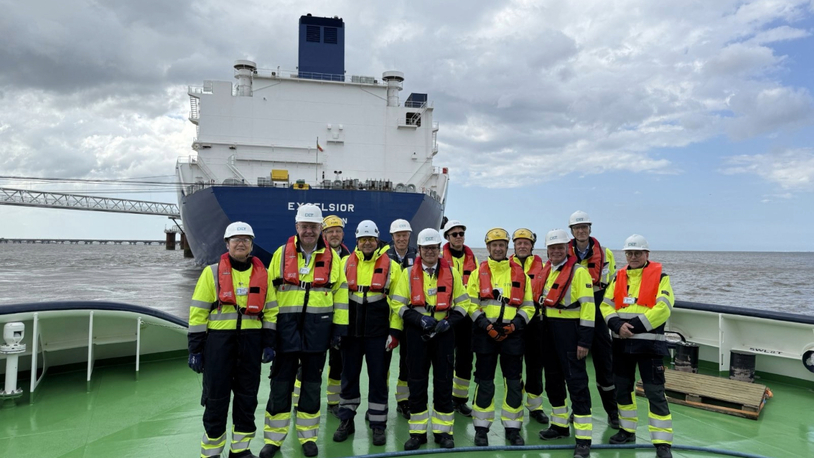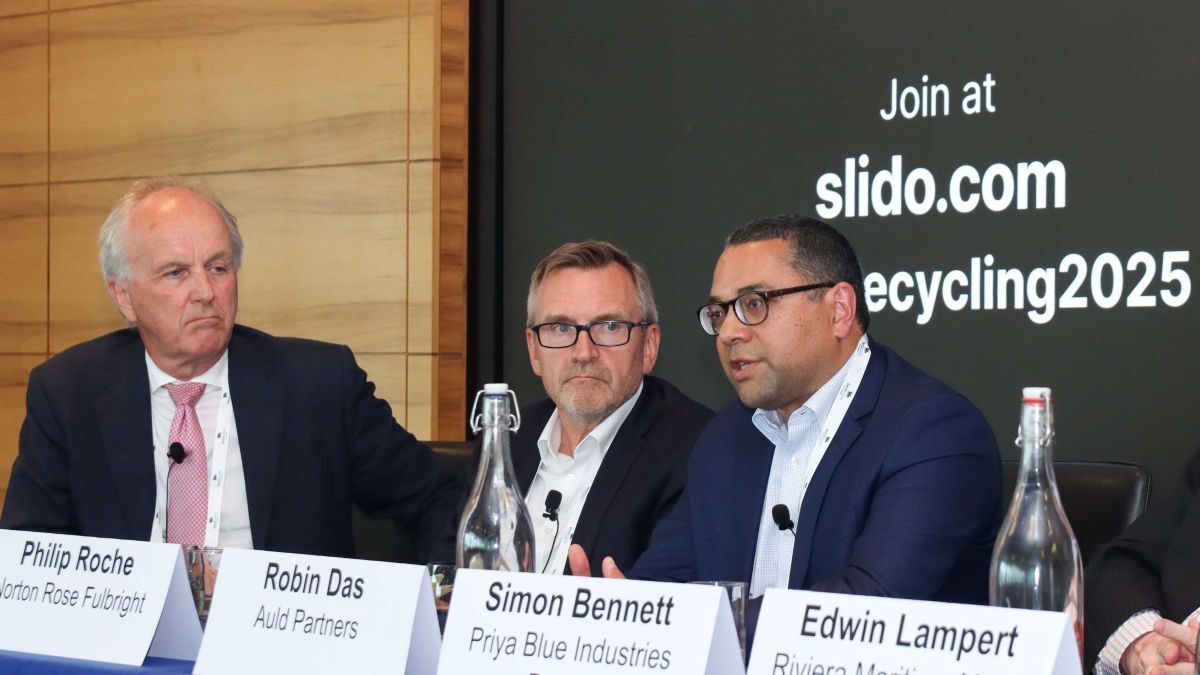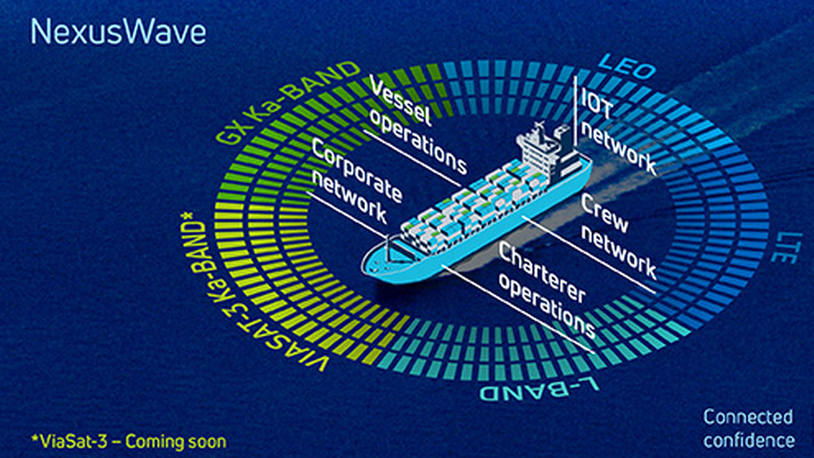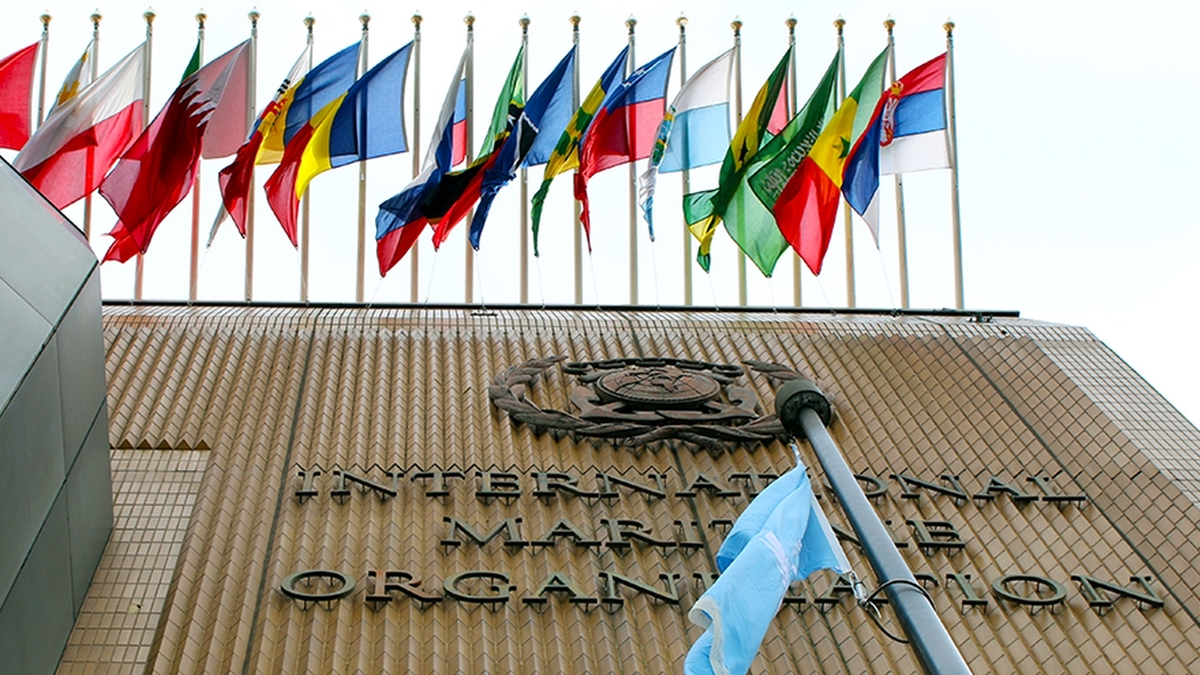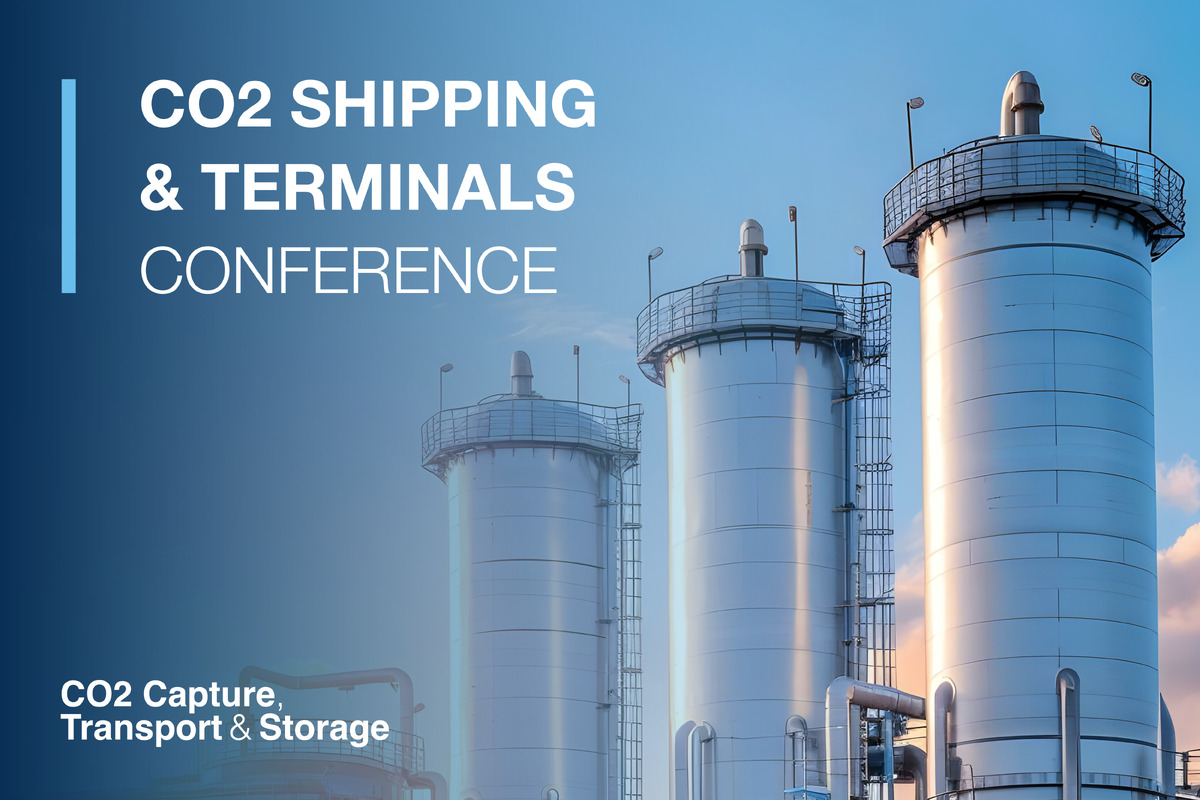Business Sectors
Contents
Two LNG months in a nutshell 14
July 2011
July 2011
• Klaipedos Nafta hired Fluor Corp as lead advisor for the LNG import terminal it plans to build in the Lithuanian port of Klaipeda. Latvia and Estonia, the other two Baltic republics, have also announced proposals for LNG terminals. It is expected that only one facility will be required to meet the combined needs of the three countries and the governments are expected to agree on a single, final site later this year.
• Encana Corp, Canada’s top gas producer, announced it will buy a 30 per cent stake in the planned Kitimat LNG export terminal in British Columbia from the project’s two stakeholders, Apache Corp and EOG Resources.
• PGN, the Indonesian state gas distributor, unveiled plans to position a floating storage and regasification unit (FSRU) in the Sunda Strait between Java and Sumatra. The LNG receiving terminal would have a capacity to process 3 million tonnes per annum (mta) of LNG and would supply gas to state-owned steel producer PT Krakatau Steel as well as other industries in South Sumatra, Lampung and West Java. The Sunda Strait unit will be in addition to the West Java FSRU due to be commissioned in early 2012.
• The European Union (EU) agreed to provide €9.57 million (US$13.5 million) towards a study that will examine the feasibility of developing LNG refuelling infrastructure for ships in Northern Europe. The grant will also fund a pilot project to modify the design of two newbuild vessels to accommodate LNG propulsion. The study supports the EU’s efforts to encourage a shift of freight from Europe’s congested roads to ships under its Motorways of the Sea concept. The total cost of the project is €26.8 million (US$37.7 million).
• Chevron Australia awarded CB&I a US$2.3 billion contract covering mechanical, electrical and instrumentation work on the three-train, 15 mta Gorgon LNG export plant being built on Barrow Island in Western Australia. The contract is scheduled to be completed in 2015. In a separate deal CB&I is building two 180,000m3 LNG storage tanks and four condensate tanks for Gorgon LNG.
• SBM Offshore, Linde AG’s Engineering Division, PTT FLNG and PTTEP Australasia agreed to jointly develop a 2 mta floating LNG production facility to enable exploitation of the resources of three gas field groups, including the Cash-Maple, Southern and Oliver fields, in the Timor Sea off the coast of Australia. Preliminary studies commenced in March 2011 and the project will proceed with a front-end engineering and design (FEED) phase by the end of 2011 if the gas reserves appraisal continues to meet expectations. The final investment decision (FID) is targeted for end 2012 and first commercial FLNG operations for end 2016.
• The Jamaican government announced it will reopen bids for a floating LNG import terminal as recommended by regulators that criticised how the original contract was awarded. The scheme calls for either an LNG regasification vessel (LNGRV) or FSRU to be positioned near the port of Kingston and able to process 1.2 mta of LNG.
• China’s National Development and Reform Commission approved the 2 mta CNOOC LNG import terminal planned for the southern island province of Hainan. An IHI-led consortium will build two 160,000m3 storage tanks. CNOOC has targeted a 2014 startup date for what will be its seventh LNG receiving facility. The company has three terminals in service and is currently building three others.
• Pertamina, the Indonesian state oil and gas firm, reported it will convert the Arun LNG export facility in Sumatra’s Aceh province into an LNG receiving terminal when the gas reserves feeding the plant run out in 2014. Some US$80 million will be spent on the conversion project. Arun’s LNG production peaked in 1994 when 224 cargoes were exported. That number is expected to fall to 29 this year, from 38 cargoes in 2010. Within days of this announcement Indonesia stated it will allow private companies to import natural gas for the first time.
• Italian national and regional government authorities approved the proposed 3 mta Api Nova Energia offshore LNG receiving terminal project. Api plans to position the regasification facility 16km off the Adriatic coast near Ancona by 2015 in the vicinity of its Marittima Falconara tanker discharge facility.
• Energy firms Eni, ConocoPhillips and Total opened bidding on the engineering, procurement and construction contract for their long-delayed Brass LNG project in Nigeria.
• GAIL (India) announced plans to use its Singapore-based investment arm for LNG trading. GAIL is currently importing approximately one LNG cargo per month to help meet Indian gas demand but would like to increase this LNG purchase rate at the same time as providing domestic consumers with gas at competitive prices.
• Santos agreed to buy Eastern Star Gas, a smaller Australian energy group, for US$920 million. The acquisition provides Santos with the biggest gas reserves in New South Wales state and supports the company’s LNG export ambitions.
• Gazprom signed a memorandum of understanding with India Oil Corp (IOC) covering the supply of 2.5 mta of LNG for up to 25 years. Gazprom, the world’s largest gas producer, has already signed LNG supply deals with three other Indian companies this year, i.e. GAIL, Gujarat State Petroleum and Petronet LNG. Taken together, the four contracts could be worth more than US$90 billion. Petronet plans to increase the capacity of its existing Dahej terminal by 50 per cent, to 15 mta, and to build its third Indian LNG receiving terminal at a location on the east coast yet to be determined.
• ConocoPhillips announced an FID for the first train of the planned two-train Asia Pacific LNG (APLNG) export project in the Australian east coast port of Gladstone. At the same time, CB&I was awarded a contract for the engineering, fabrication and construction of two 160,000m3 LNG storage tanks for the facility in a deal valued at more than US$500 million. The 4.5 mta Train 1 is due to commence operations in 2015 and Sinopec has taken a 15 per cent stake in the project.
• The US Department of Energy approved Trunkline LNG’s request to allow its Lake Charles LNG terminal in Louisiana to export domestically produced natural gas to countries with which the US has free trade agreements. Regulators are still reviewing the part of the application that requests approval to export LNG to countries that do not have a free trade agreement with the US, while the operator also needs to receive additional approvals from the Federal Energy Regulatory Commission (FERC) permitting construction of liquefaction facilities.
• Petrobras, Brazil’s state oil company, confirmed it will delay the use of FLNG terminals for its offshore presalt fields. While floating LNG production vessels will not be used in the first round of presalt development, Petrobras has approved technical FLNG designs for projects and will re-evaluate them in the future.
• Guangdong Dapeng LNG (GDLNG), China’s first LNG import terminal, received its 300th LNG cargo since commissioning five years ago. All the cargoes, aggregating 20 million tonnes (mt) of LNG, were discharged without accident.
• Inpex Corp, Japan’s leading oil and gas developer, declared it will sell to Shell a 30 per cent stake in Indonesia’s Abadi gas field in the Masela block of the Timor Sea. A joint venture comprising Inpex and Japan Oil, Gas and Metals National Corp (JOGMEC) will retain a 60 per cent stake in the project while the remaining 10 per cent is held by PT EMP Energi Indonesia. Abadi will be developed using a 2.5 mta floating LNG production vessel and the intention is to start the necessary FEED work in 2012 to enable an FID by the end of 2013.
• Chevron signed a sale and purchase agreement (SPA) with Tokyo Electric Power Co (TEPCO) covering the delivery of up to 3.1 mta of LNG from the Wheatstone project in Australia for a period of up to 20 years. The federal government has also issued an environmental approval for the scheme. Wheatstone has completed its FEED phase and Chevron expects to make an FID on the 8.0 mta, two-train project before the end of 2011.
• Qatargas and Petronas finalised a deal in which the Qatari company will supply Malaysia with 1.5 mta of LNG for at least 20 years from 2013. The LNG supply from Qatar would be equivalent to about 5 per cent of current Malaysian natural gas demand.
• Hokuriku Electric Power Co, a utility firm in northwestern Japan, reported it will build an LNG receiving terminal in Toyama prefecture along with its first gas-fired power plant. The US$1.28 billion project will be completed in 2018.
• Canadian pension fund Ontario Municipal Employees Retirement System (OMERS) purchased the Glasgow-based V.Group for US$520 million. V.Ships is a leading shipmanagement company and has recently moved into the technical management of LNG carriers.
• Kansai Electric received the first delivery of an LNG cargo by a Q-flex ship at its Sakai plant in western Japan. The 90,000 tonne consignment, purchased on a spot basis, was delivered by the 217,000m3 Al Bahiya.
August 2011
• Woodside Petroleum confirmed that major damage to terminal pipe insulation was a key reason for the recently announced, six-month delay in the startup of the Pluto LNG export project, to March 2012. The damage may be responsible for as much as US$700 million of the posted US$900 million cost increase to the delayed US$14.9 billion scheme.
• Israel’s National Council approved the positioning of a floating LNG import terminal off the country’s Mediterranean coast near the town of Hadera. The LNGRV, to be supplied by Excelerate Energy, will serve as a temporary backup for local natural gas supplies and is due to be in service by 2012. In the longer term the recently discovered Tamar offshore field is expected to provide Israel with all the gas it needs.
• Progress Energy Resources and Petronas declared they will conduct a feasibility study for an LNG export terminal proposed for a site in British Columbia on Canada’s west coast. The project partners are contemplating a two-train, 7.4 mta liquefaction plant. The feasibility study is expected to take one year to complete.
• The discovery of sufficient additional gas reserves showed that BP is able to proceed with the construction of a third liquefaction train at its Tangguh LNG terminal in eastern Indonesia. The building of the 3.8 mta unit is expected to commence in 2015 to enable a 2018 startup.
• The Gujarat state government sanctioned a plan by Gujarat State Petroleum Corp (GSPC) and the Adani Group to jointly develop an LNG import terminal at Mundra. The proposed 5 mta facility will be the third Gujarati LNG terminal and its construction will take 36 months.
• PLN, the state electricity utility, and Pertamina agreed to jointly establish an LNG shipping company to supply eight mini-LNG receiving terminals to be installed in eastern Indonesia. The required number of vessels and their capacities are to be determined by the end of the year.
• PetroVietnam Gas (PV Gas) announced it will start construction of its planned US$1 billion LNG import terminal in 2012. The 3 mta facility, to be built in the southern province of Binh Thuan, is scheduled to commence operations in 2015.
• German utility RWE stated it has indefinitely postponed the construction of a proposed LNG import terminal at Wilhelmshaven.
• Shell and PetroChina awarded a FEED contract for their proposed LNG export project in Gladstone to a consortium comprising CB&I, Chiyoda Corp and Saipem. The work will last 12 months. Shell and PetroChina plan a two-train, 8 mta facility initially but that capacity could be doubled in a second phase of the project.
• Southern LNG decided not to press ahead with the planned Phase B of the Stage III expansion project at its Elba Island LNG receiving terminal near Savannah, Georgia. The availability of sufficient domestic gas has obviated the need for additional LNG import infrastructure. Another LNG import initiative in the southeastern US that has been cancelled is the Calypso project. That scheme, tabled by GDF SUEZ, would have utilised a subsea pipeline to link customers in Florida with a new terminal to be built in the Bahamas.
• In the space of a few weeks Dominion Resources applied to the US Department of Energy first for a licence to re-export LNG from its idle Cove Point import terminal in Maryland and then to convert it into a facility capable of exporting domestic natural gas. The latter project, to provide Cove Point with a bi-directional capability, would be achieved through the construction of a liquefaction plant. Such building work is unlikely to begin before 2014.
• Pakistan removed a condition requiring companies interested in supplying LNG to the country to enter into long-term deals and have a minimum reserve natural gas capacity of 20 years. These conditions have been abolished to liberalise policy and fast-track LNG imports. An earlier proposed Pakistan LNG project was stillborn due to alleged irregularities in the contracting process.
• Black & Veatch won a contract from BC LNG Export Cooperative to carry out the FEED work for its proposed barge-mounted LNG export terminal in British Columbia. The plan calls for liquefaction units based on Black & Veatch’s Prico process and capable of producing an aggregate 0.8 mta of LNG to be installed on a barge and for the barge to be positioned on the Douglas Channel near Kitimat.
• Anadarko awarded a contract to KBR to carry out the pre-FEED work for a proposed LNG export terminal in Mozambique. LNG
Related to this Story
Events
Reefer container market outlook: Trade disruption, demand shifts & the role of technology
Asia Maritime & Offshore Webinar Week 2025
Marine Lubricants Webinar Week 2025
CO2 Shipping & Terminals Conference 2025
© 2024 Riviera Maritime Media Ltd.



